Cluj-Napoca
Cluj-Napoca General Information
Location: Western Transylvania
Size: 179 sq km
Elevation: circa 340 m
Population: circa 286.000 (second largest city after Bucharest)
Distance from Bucharest: 452 km
This western city in the region of Transylvania traces its origins back to the Dacian settlement of Napuca in the 2nd century d.Hr. After the Roman take-over of Dacia, it was renamed Napoca and in 124 d.Hr., received the rank of "municipium". The city quickly advanced socially and economically and during Marcus Aurelius' reign Napoca received the title "colonia", the highest possible urban status in the Roman Empire.
The name Cluj comes from Castrum Clus, first used in the 12th century as the name of the citadel surrounding the city. "Clus" means "closed" in Latin and refers to the hills that surround the city.
German merchants, who arrived here in the 12th century, rebuilt the medieval earthen walls of Clus in stone after the Tartar invasion of 1241. Known as Klausenburg to the Germans and Kolosvar to the Hungarians, Cluj became Cluj-Napoca in the 1970s, when the communist regime added the name of the old Roman settlement to emphasize its Daco-Roman origin. But the western influences turned Cluj into a stylish and highly cultured city.
What's the hype about it?
With one of the most vibrant economies in the country, Cluj is today a vibrant cultural and educational city. The six state and several private universities located here also make Cluj Napoca the city with the largest percentage of student population in Romania.
We could also call it the entertainment capital of Romania, because here takes places the very famous music festival UNTOLD, biggest in Romania, where artist from many countries perform and also attract visitors from many countries, who come especially for this! And there is also the Electric Castle Music Festival, which takes place close to Cluj, at the intriguing Banffy Castle. Certainly, if you are a free young spirit who likes entertainment Cluj is for you!
Cluj is full of beautiful places, cathedrals, palaces, squares. The main square, decorated with 18th and 19th century buildings and home to many shops and restaurants, is dominated by the 15th century St. Michael's Church, one of the finest examples of gothic architecture in Romania. The square also claims the 18-th century baroque Banffy Palace, housing the weaponry and Romanian art collections of the Art Museum. Visitors who want to learn more about the region should pay a visit to the open-air section of the Ethnographic Museum of Transylvania, a true display of folk architecture.
The city's unmistakable legacy can be appreciated in its simple courtyards, the renaissance and early modern basements which today host a big number of pubs, aswell as splendid baroque, neo-classical and art nouveau palaces and town houses of nobles dotted across the center. This mixture and openness to cultural and economical growth make Cluj a very fascinating transylvanian city!

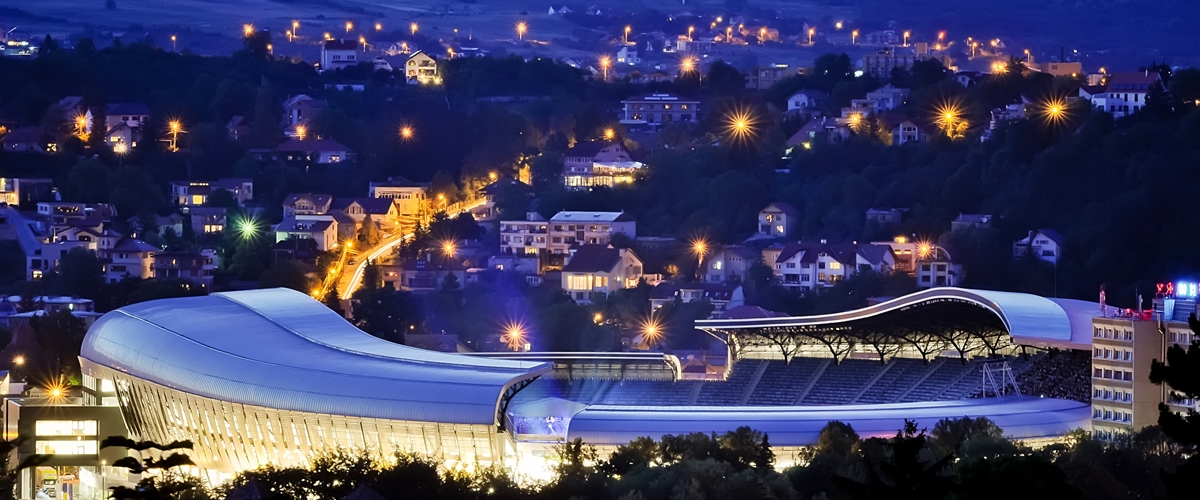
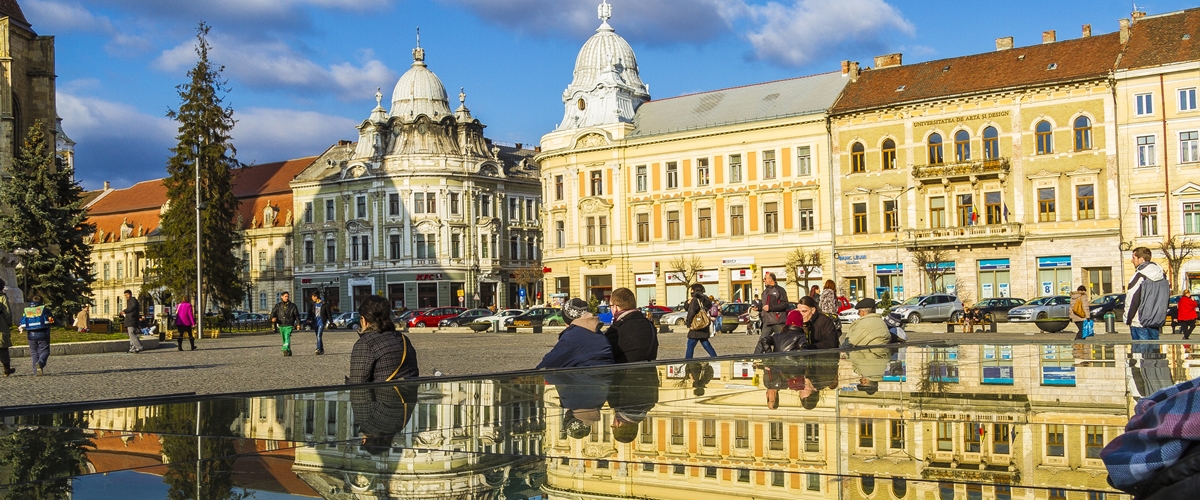
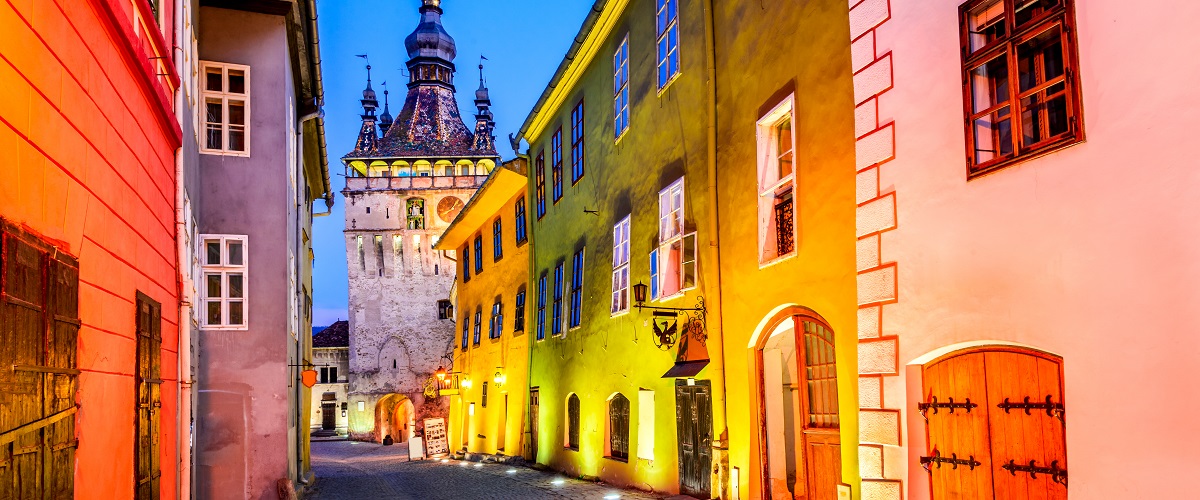
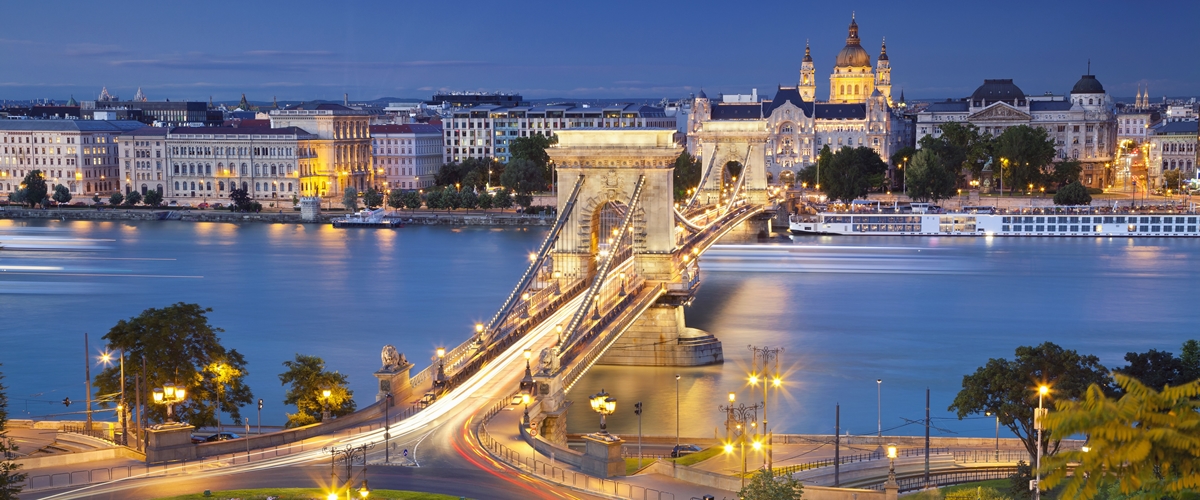
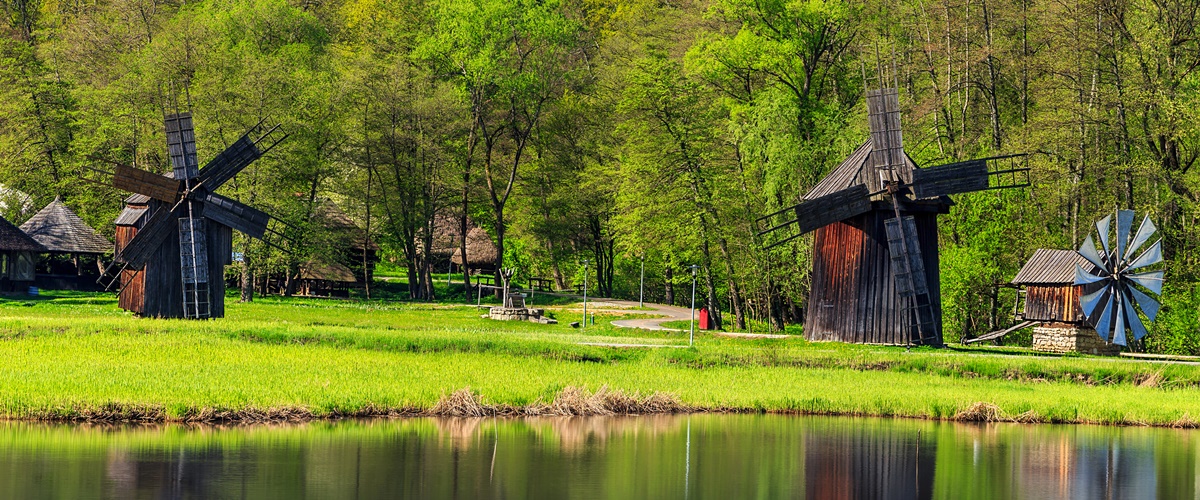
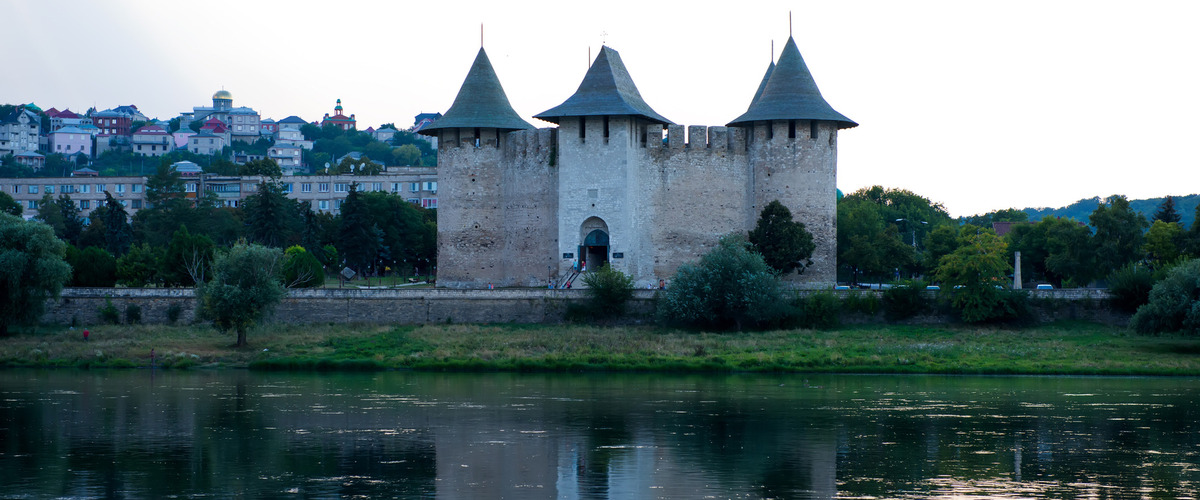


.png)



